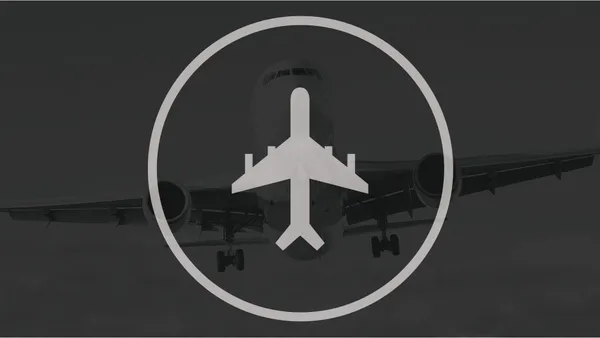Dive Brief:
- Several shipping lines are reporting improved financial conditions as the effects of decreased supply, higher volumes and active drives for efficiency materialize into higher rates for carriers.
- Taiwanese line Evergreen Marine reported a TWD 168.91 million net profit ($5.6 million) in Q1 2017, a significant improvement from the TWD 4.59 billion loss ($152.4 million) during the same period last year, Seatrade Maritime News reported.
- Meanwhile, The Loadstar reports Hyundai Merchant Marine recorded an operating loss of $117 million last quarter, an improvement from the $144 million loss recorded during the same period last year. The better result comes as volumes increased 37% from 2016 alongside a 7% sales growth.
Dive Insight:
Revenue increases at Maersk, HMM and Evergreen are a strong indication of a recovering shipping industry, and the resulting stabilization is a relief for shippers, regardless of increased costs.
First quarter results for Maersk reveal a 4.4% increase in freight rates over first quarter 2016, plus a 10% increase in revenue and volumes since May 2016. The line believes demand for container shipping could rise as much as 4% throughout the remainder of the year, though capacity may top out at 3.5%. Over all, Maersk hopes to earn $1 billion dollars more in profits than it did in 2016.
In line with Maersk's optimism, industry experts at Xeneta predict that container carriers focused on the Asia-Europe trade route have a strong probability of success within the next three months, thanks to notable increases in long-term contract freight rates, which currently stand at $1,396 for a 40 foot box out of a Chinese main port to Northern Europe — a rate nearly 120% higher compared to the rate at this time in 2016.
While higher rates demand more from shippers' pockets, the peace of mind provided by an improving industry is worth the price.
Knowing that a line is not only healthy but set to thrive means significantly less uncertainty and concern over potential failures that reverberate throughout the entire industry, as was the case Hanjin. With no fear of bankruptcy comes greater certainty that cargo will arrive undamaged and on time.
But, distrust remains high between shippers and carriers, so lines are working hard to set themselves aside through improved offerings and greater transparency. This, too, will benefit the supply chain and provide greater-value rates, even if the price is higher.













